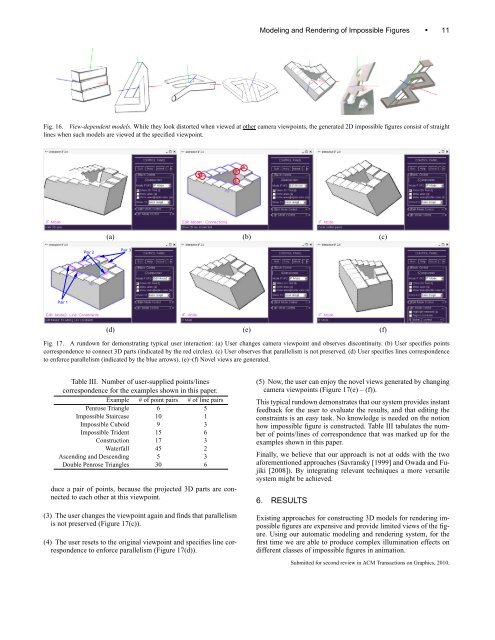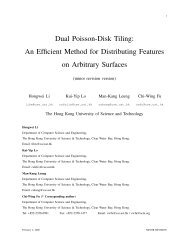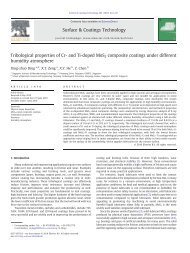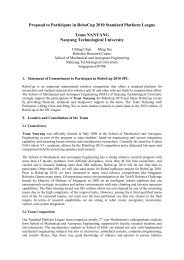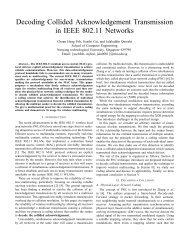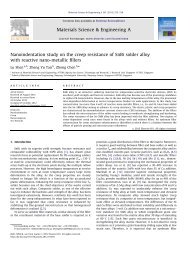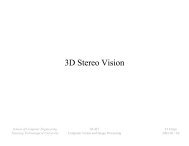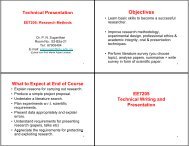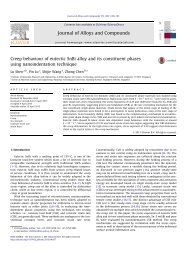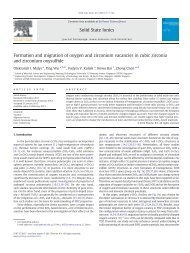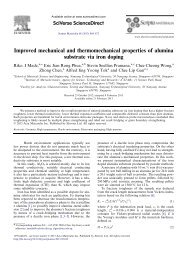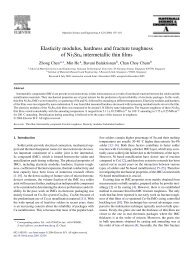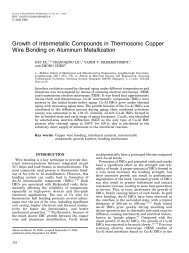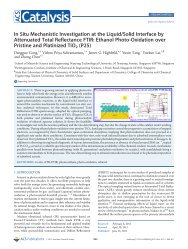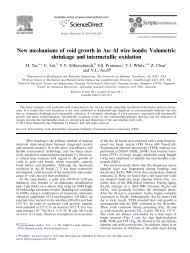ifrender - Nanyang Technological University
ifrender - Nanyang Technological University
ifrender - Nanyang Technological University
Create successful ePaper yourself
Turn your PDF publications into a flip-book with our unique Google optimized e-Paper software.
Modeling and Rendering of Impossible Figures • 11<br />
Fig. 16. View-dependent models. While they look distorted when viewed at other camera viewpoints, the generated 2D impossible figures consist of straight<br />
lines when such models are viewed at the specified viewpoint.<br />
Pair 1<br />
Pair 2<br />
(a) (b) (c)<br />
Pair 3<br />
(d) (e) (f)<br />
Fig. 17. A rundown for demonstrating typical user interaction: (a) User changes camera viewpoint and observes discontinuity. (b) User specifies points<br />
correspondence to connect 3D parts (indicated by the red circles). (c) User observes that parallelism is not preserved. (d) User specifies lines correspondence<br />
to enforce parallelism (indicated by the blue arrows). (e)–(f) Novel views are generated.<br />
Table III. Number of user-supplied points/lines<br />
correspondence for the examples shown in this paper.<br />
Example # of point pairs # of line pairs<br />
Penrose Triangle 6 5<br />
Impossible Staircase 10 1<br />
Impossible Cuboid 9 3<br />
Impossible Trident 15 6<br />
Construction 17 3<br />
Waterfall 45 2<br />
Ascending and Descending 5 3<br />
Double Penrose Triangles 30 6<br />
duce a pair of points, because the projected 3D parts are connected<br />
to each other at this viewpoint.<br />
(3) The user changes the viewpoint again and finds that parallelism<br />
is not preserved (Figure 17(c)).<br />
(4) The user resets to the original viewpoint and specifies line correspondence<br />
to enforce parallelism (Figure 17(d)).<br />
(5) Now, the user can enjoy the novel views generated by changing<br />
camera viewpoints (Figure 17(e) – (f)).<br />
This typical rundown demonstrates that our system provides instant<br />
feedback for the user to evaluate the results, and that editing the<br />
constraints is an easy task. No knowledge is needed on the notion<br />
how impossible figure is constructed. Table III tabulates the number<br />
of points/lines of correspondence that was marked up for the<br />
examples shown in this paper.<br />
Finally, we believe that our approach is not at odds with the two<br />
aforementioned approaches (Savransky [1999] and Owada and Fujiki<br />
[2008]). By integrating relevant techniques a more versatile<br />
system might be achieved.<br />
6. RESULTS<br />
Existing approaches for constructing 3D models for rendering impossible<br />
figures are expensive and provide limited views of the figure.<br />
Using our automatic modeling and rendering system, for the<br />
first time we are able to produce complex illumination effects on<br />
different classes of impossible figures in animation.<br />
Submitted for second review in ACM Transactions on Graphics, 2010.


